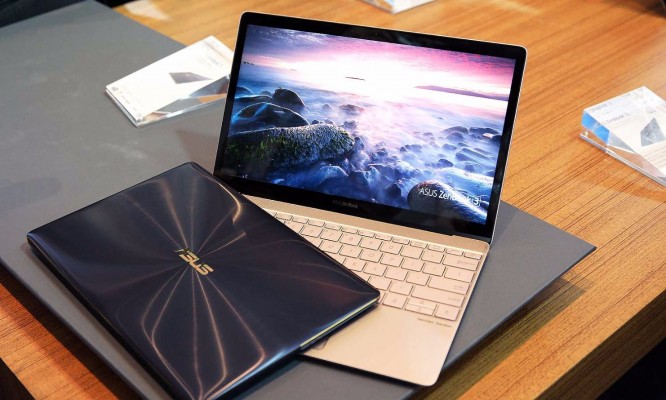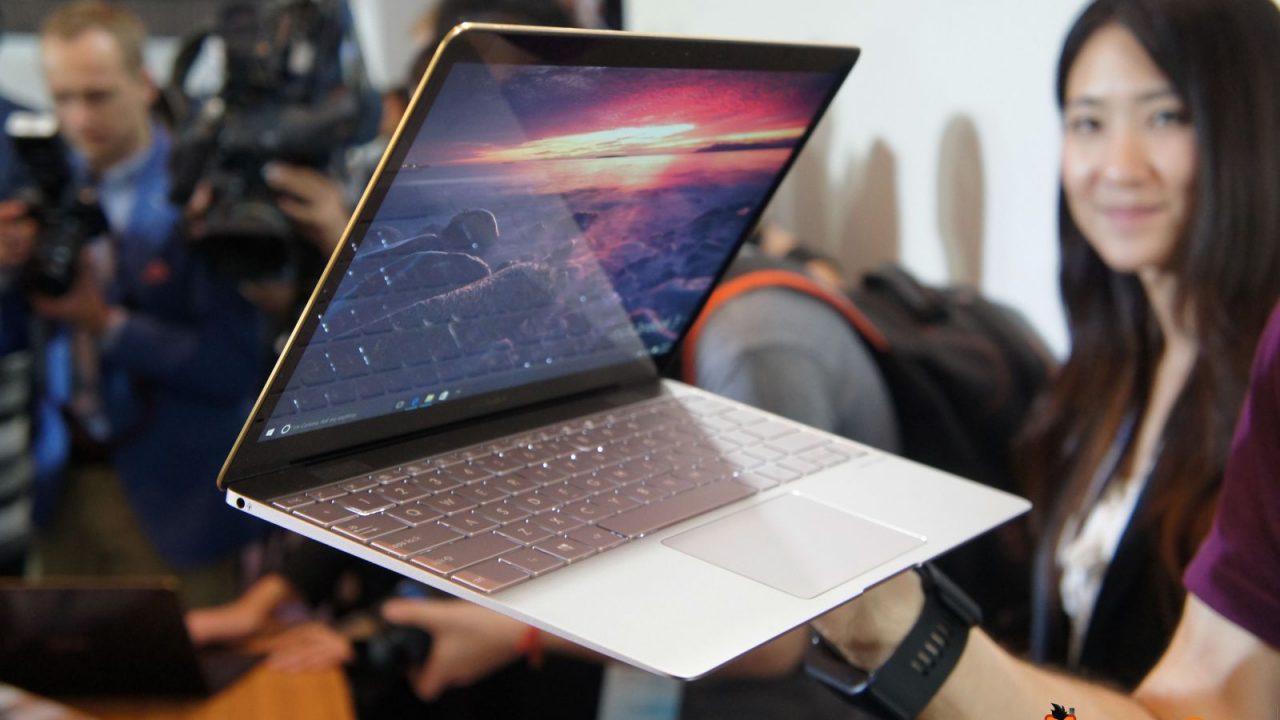Recently Asus announced an array of devices – the three Zenphones, the Zenbo bot, and the Zenbook 3. Here we’ll be talking about the Zenbook 3 and how it compares to other similarly priced laptops
Asus is one of the most competitive companies out there, creating magnificent gizmos that aren’t too hard on the pocket. Especially in the laptop and smartphone department. As a result of this, came the Zenbook 3, successor to their immensely popular UX series. They quite passionately bragged about how this laptop outclasses the macbook in every way as its thinner, lighter, and faster. On top of that, cheaper!
Let’s start of with the specs. The base model comes with
- Intel core i5
- 4GB RAM
- 256GB SSD
- 12.5 inch 1080p display
- 1.3 mm Key travel
- 11.9 mm thick
- 910g
- USB – C
- Aluminium body with shiny metallic finish
How much for this? Only $999. This is pretty much on par with similarly priced laptops such as the Dell XPS 13, the Razer blade stealth, the HP Spectre x360 etc. Not necessarily the best however. Some people prefer touch screens and others just want an extremly thin and light design. The device it completely destroyes though, is the Macbook. Where, for $300 extra you’re getting an Intel core m (seriously, Apple?) and a horrible key travel.
But that’s not it with the Zenbook 3. Double the price, and at $1999 you get a core i7, with 16GB RAM, and 1TB SSD. Thats a powerhouse right there. Touch screen capability could have been a healthy provision, but you really can’t ask more for the price.
Every device has a flaw, and this one is no exception from that rule. This laptop sports only a single USB – C port, but that can obviously be fixed with an adaptor.
Its hard to call it the ultimate ultrabook and even harder to recommend a specific one in this price range as there are a number of factors deciding that. But its certainly one of the best and worth checking out if you’re looking for an ultra thin tablet replacement.
We are far from achieving that one perfect device in any category that completely destroyes the competition. Do you agree with that statement? Do let us know in the comments!






The first thing that I exclaimed is Oh My God. This is gonna give really touch competition to Dell XPS and Macbook. The design is really sleek and can easily go with par with Macbook air.
Yup, It will… Even the Macbook can’t be compared with this beast! 😀
Finally, a tough competition to Macbook!
Yep! 😀